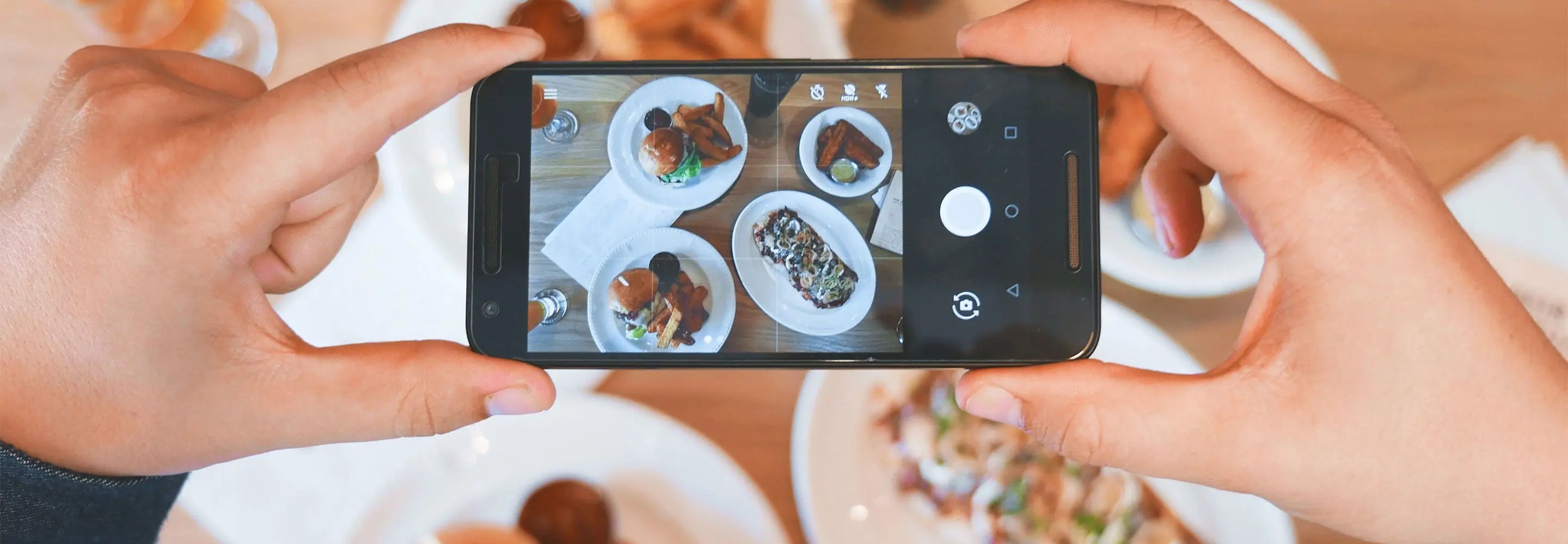Throughout history, food has been more than just nourishment for our bodies. The culinary arts are an art form worldwide and deeply ingrained in nearly every culture.
As we travel and explore more of the world, we find almost endless opportunities to experience new flavors, textures, and ingredients. Beyond eating, many of the most iconic dishes in the world have fascinating food stories behind them! Sometimes these stories are a lot more complicated than you’d think.
For example, everyone knows French fries. But did you know that Belgium actually deserves credit as the home of this tasty potato preparation?
Here are some more famous and interesting recipes from around the world, and where they REALLY came from!
English Muffins
You may be surprised to learn that despite its name, this common breakfast pastry has been traced back to the United States. In fact, British and Irish supermarkets sell them as "American muffins!"
The muffin’s food story begins with an immigrant from England named Samuel Bath Thomas. He moved to the area that would later become the Chelsea neighborhood of New York City in 1874 and opened his own bakery in 1880 where he sold the first English muffin.
Unfortunately, you will most likely not be able to try the original version that hit the food scene in the 1880s. The New York Times estimates that only 7 people know the original recipe. How surprising!
French Dressing

This popular salad dressing is (surprise!) not French at all! And the first iterations of this recipe are unrecognizable from the vibrant orange-hued version we see in grocery stores around the USA.
The original recipe is surprisingly simple vinaigrette-style dressing made with oil, vinegar, seasonings, and sometimes minced shallots or mustard. This is a far cry from the thick, orange, tomato-based recipe we buy today.
The modern version of this food story can be traced back to Kraft in 1925 when they marketed their first salad dressing – a sweet, tangy, and orange French dressing. Before long, the vinaigrette that was originally known as French dressing was widely known as Italian dressing, and French dressing as we know it today took its place.
Mongolian Barbecue

Not only is this dish not Mongolian, but it’s also not really barbecue!
This food story begins with Wu Zhaonan, who invented this interesting recipe. A native of Beijing, he fled to Taiwan to escape the Chinese Civil War and quickly opened his own food stall where he created Mongolian barbecue. This style of stir fry was popular with everyone, including wealthy diplomats and businesspeople.
He left the food business after almost drowning in a flood that wiped out his food cart, but the iconic recipe has stuck around!
Nowadays, you can find Mongolian barbecue restaurants around the world. Many allow you to pick out your own meat, sauce, and toppings, then watch the chefs as they prepare it on the round, flat grill. Delicious!
Canadian Bacon
If you live in the United States, you are probably familiar with what we call Canadian bacon.
The history of this breakfast dish goes all the way back to the mid-1880s. There was a pork shortage in the United Kingdom, so pork had to be imported from Canada.
While the Canadians usually rolled the cured back meat in ground yellow peas to preserve its shelf life, they smoked this cut of pork for export (as the English preferred). This ended up becoming the Canadian bacon that we are familiar with today.
Americans visiting England enjoyed the Canadian bacon so much that they brought this preparation method back home with them. If you try to order this interesting recipe in Canada today, you will likely be served a cornmeal-coated version of their historical peameal bacon recipe.
Welsh Rabbit
If you have heard of this dish before, you may already know its alternate name, "Welsh Rarebit." If you aren’t sure what rarebit is, don’t worry – this recipe is one of the only known uses of the word.
This dish is possibly one of the most misleading food stories on this list because there is no evidence that it is Welsh, and it contains exactly zero rabbits. In fact, it’s not much more than gooey melted cheese over toasted bread, and it can be traced back to Great Britain, where it was first recorded in 1725.
The jury is still out on how this recipe came to get its name, but it was likely meant to be insulting, as "Welsh" was used as a negative descriptor in Britain in the 1700s. Why they chose to call it "rabbit" at first is anyone’s guess! The name later shifted to “rarebit.”
Fortune Cookies

Anytime you order Chinese food in America you’ll likely get a complimentary fortune cookie. So it’d be natural to think this food story begins in China. But in fact, this interesting recipe actually originates in Japan.
The first fortune cookies grew out of a tradition of giving out random fortunes or "omikuji" at Japanese temples. Beginning as early as the 19th century in Kyoto, shrines would pass out cookies called "tsujiura senbei" which contained fortunes. But unlike the version well known in America, these cookies weren’t made with butter and vanilla but instead with sesame and miso.
The modern fortune cookie developed in San Francisco and Los Angeles, California, where Japanese immigrants sold the cookies at tea shops. The shift from the cookies being primarily sold in America by Japanese immigrants to being sold by Chinese immigrants has a dark origin. Historians believe the Japanese internment during World War II created a vacuum in the manufacturing and sale of the popular cookies, which were filled by Chinese restaurants.
Are you a fan of any of the dishes mentioned here? Do you know of any other misleadingly named recipes or interesting food stories? It’s amazing what kind of trivia we learn while traveling the world!









Share:
The Benefits of Travel - Lessons from the Road
Get "Snack" To It: Road Trip Snack Ideas